Brazil dominates
This morning, June 15, the 2025 FIFA Club World Cup officially began, with the opening match in which Inter Miami drew goalless with Al Ahly – bringing the image of a lonely yet outstanding Lionel Messi.
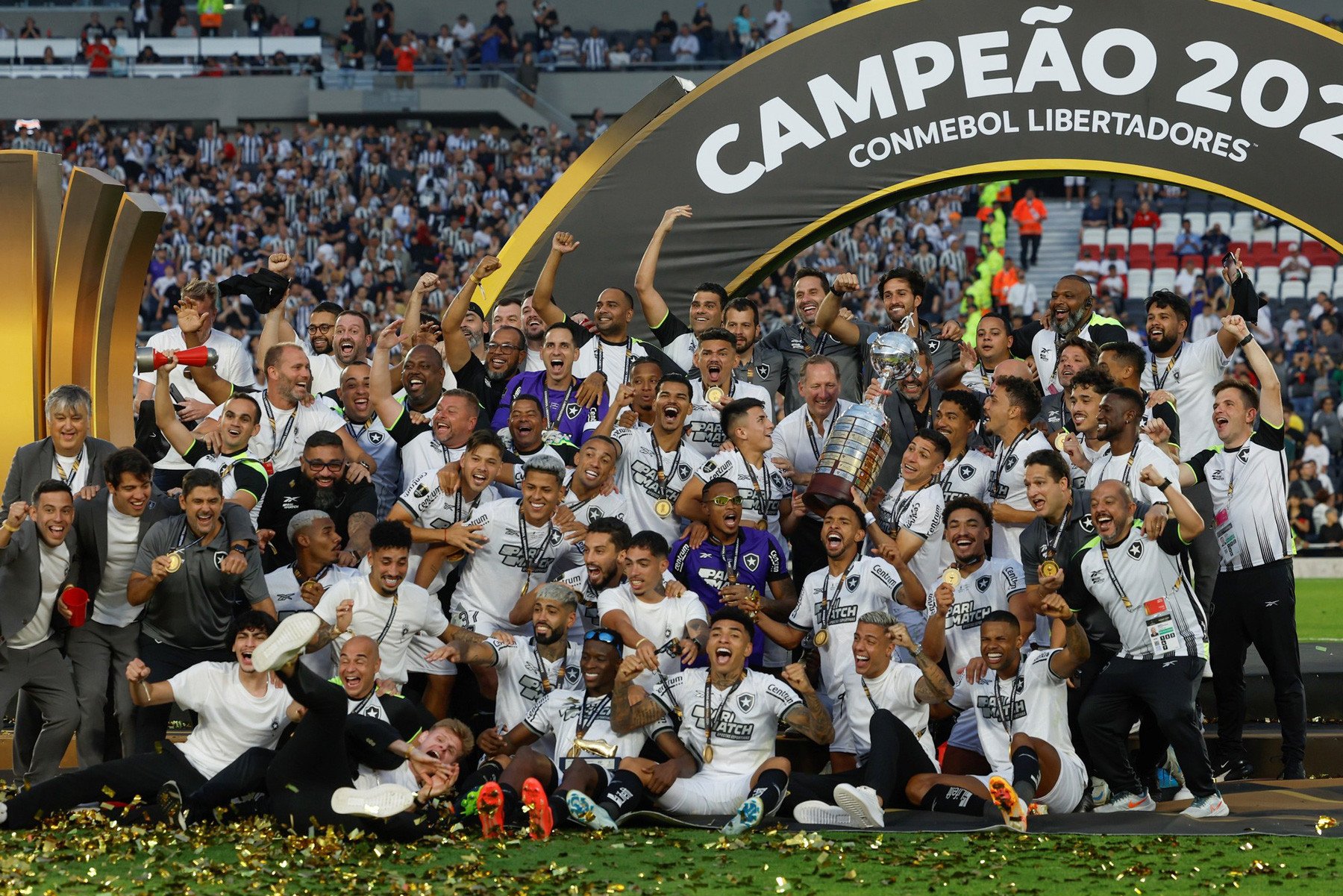
FIFA's club tournament with an expanded format of up to 32 teams, similar to the World Cup version for national teams.
This is not only a historic turning point for FIFA but also an opportunity for leading football nations to affirm their global position.
In that picture, Brazil emerged as a dominant force, not only at the club level but also in the number of players participating in this tournament.
With four representatives – Palmeiras, Flamengo, Fluminense and Botafogo, the Copa Libertadores winners in the last four seasons – Brazil is the country with the most clubs in the tournament.
Not stopping there, this South American country also contributed 141 players out of a total of nearly 998 players registered for the 32 participating teams - accounting for 14%, more than any other country.

This is a paradox when the Brazilian team has been in crisis for several years, having to invite Carlo Ancelotti - who debuted with a ticket to the 2026 World Cup .
Argentina ranked second with 103 players (21 participating clubs have at least 1 Argentinean), while Spain only had 54.
This shows a clear reality: although European clubs have dominated the championships for more than a decade, the human resources, especially young talents, come from South America - of which Brazil is the most elite representative.
Names like Vinicius Junior, Rodrygo, Endrick or Estevao are not only future stars but also typical products of the samba country's football training.
Globalization
This year's tournament brings together players from 81 different nationalities. Other countries with the most players are Portugal (49), Mexico (41), the United States (40), France (37), Germany and Italy (both 36).
FIFA President Gianni Infantino called the Club World Cup a “big bang” and praised the tournament as “fair, inclusive and competitive” .
He stressed that this will be a milestone to reshape club football in the 21st century, with teams from 6 member associations: 12 from UEFA, 6 from CONMEBOL, 5 from CONCACAF (including host Inter Miami), 4 representatives from CAF and AFC, and 1 team from OFC.
Auckland City, a New Zealand club and the sole representative from the OFC, are completely different from the rest: they are made up of amateur players.
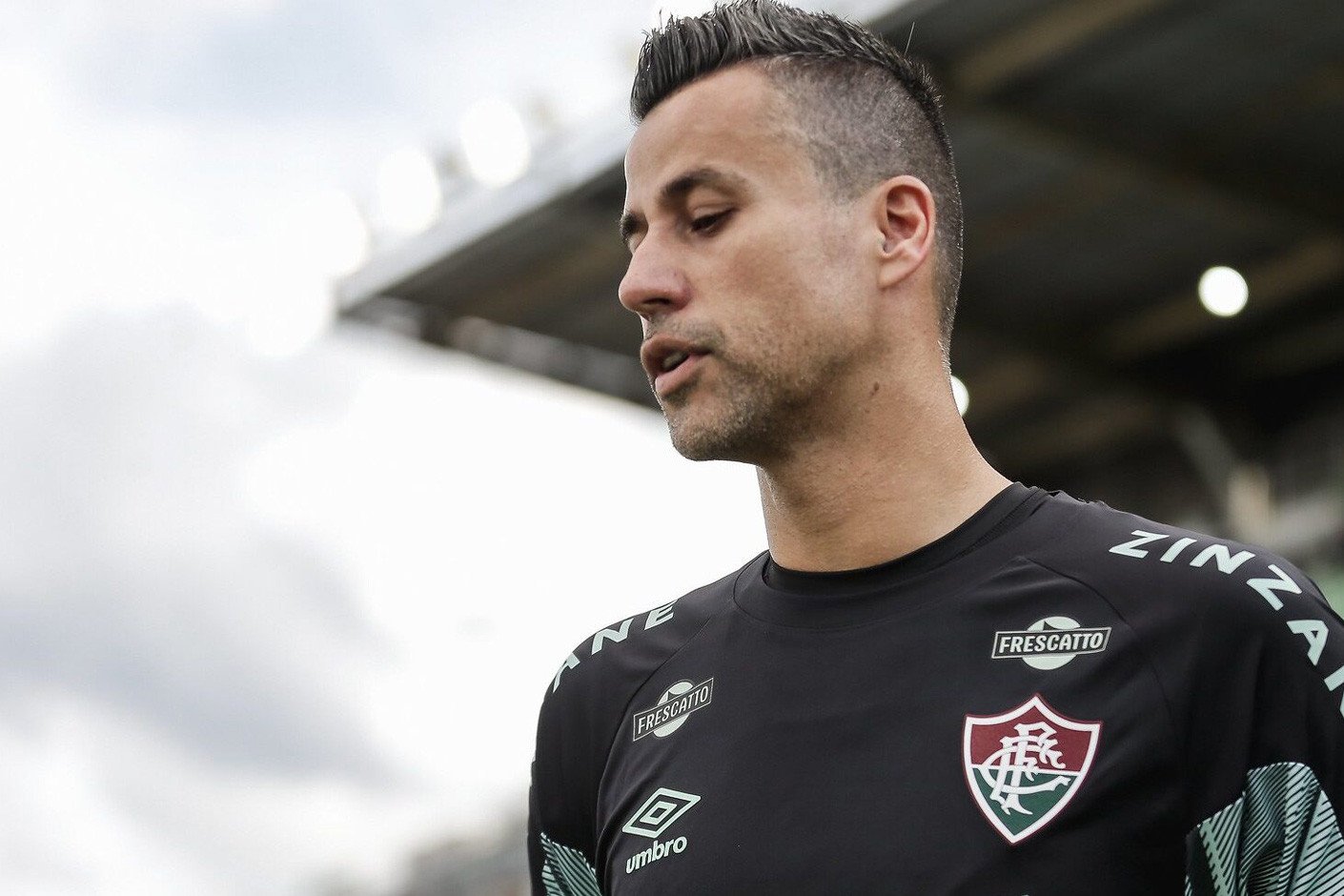
Another interesting highlight is the presence of players from different generations: while Estevao – the Palmeiras talent preparing to join Chelsea – has just turned 18, Fluminense goalkeeper Fabio will turn 45 in September.
The most striking mix of nationalities is Los Angeles FC: 31 players on the roster hail from 17 different countries. Hugo Lloris and Olivier Giroud, 2018 World Cup winners, are the most notable.
The opening match was goalless and the crowd was indifferent, but FIFA still expects the Club World Cup to be a huge success.
The 2025 Club World Cup is not only a new playground for clubs, but also an opportunity for FIFA to test a model of true football globalization. In that journey, Brazil is still number 1 on the world football map.
Source: https://vietnamnet.vn/fifa-club-world-cup-2025-bong-da-brazil-thong-tri-2411655.html



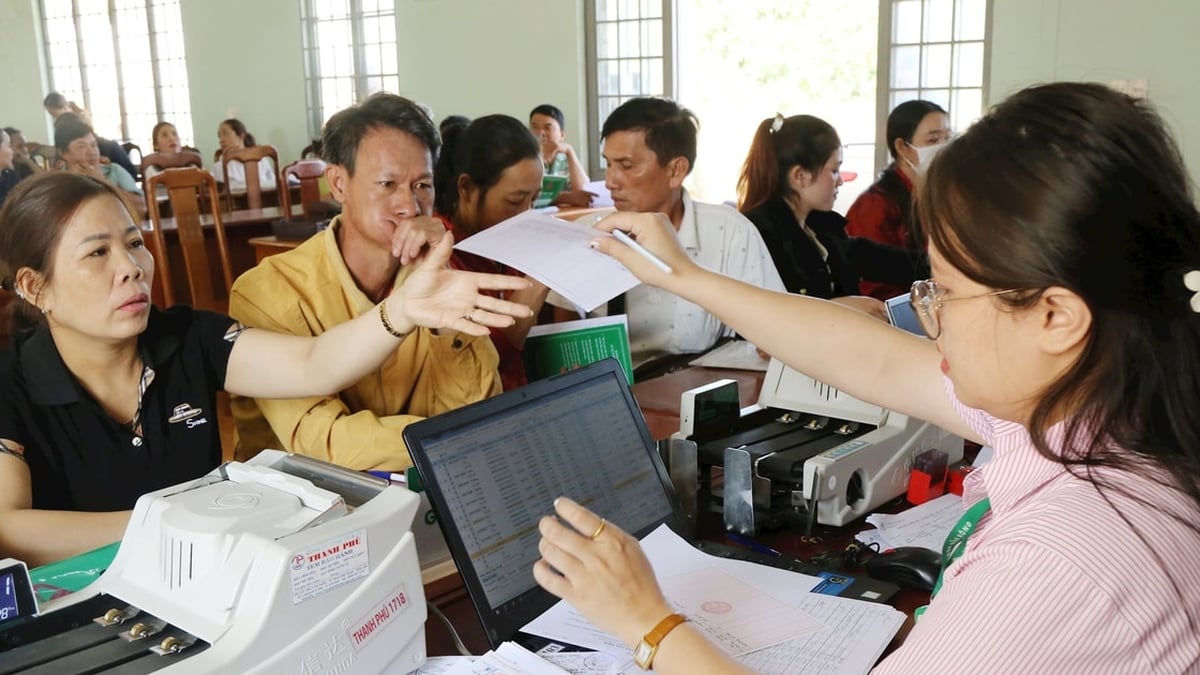
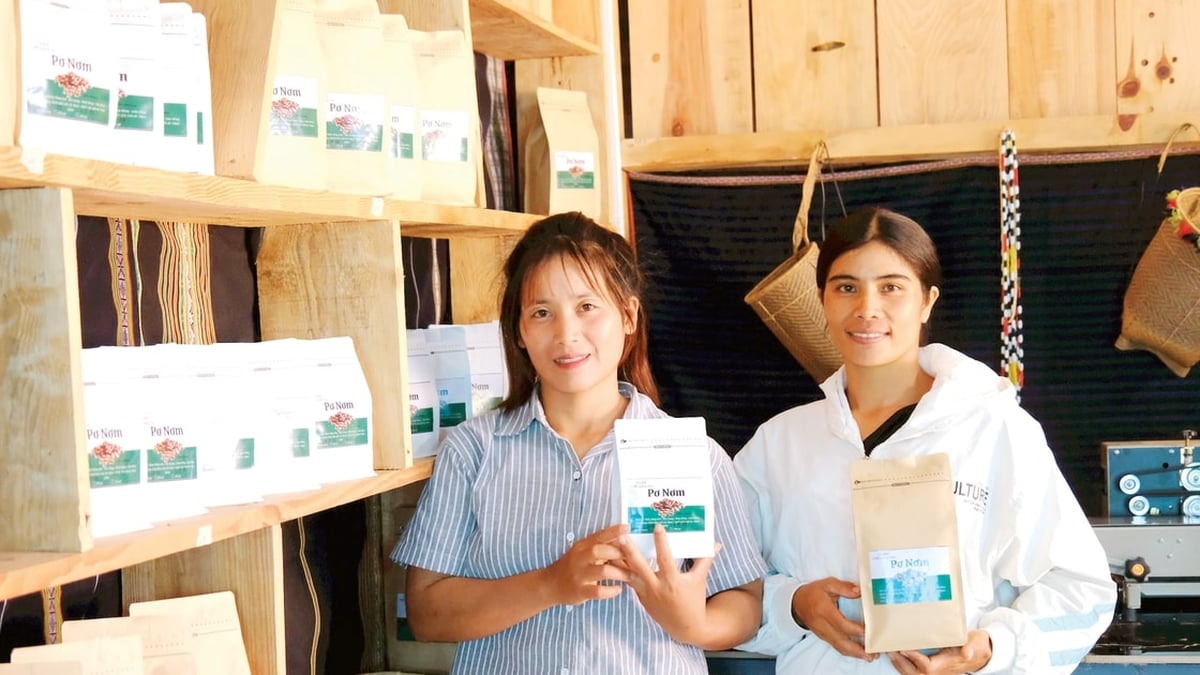

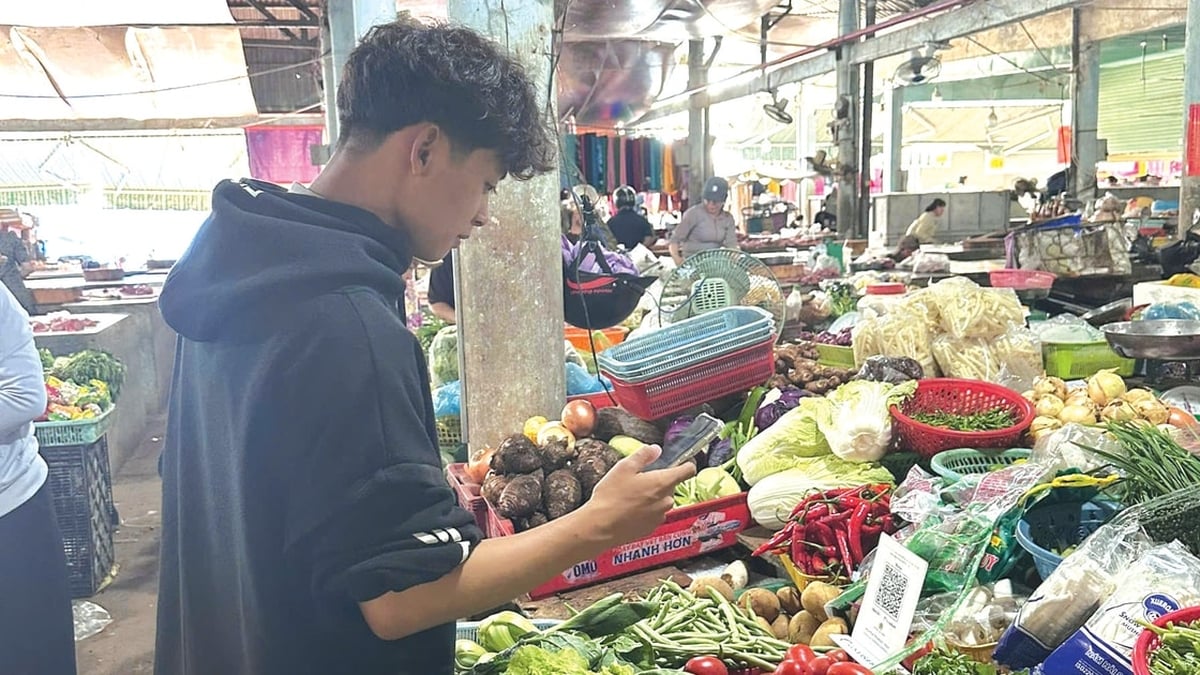


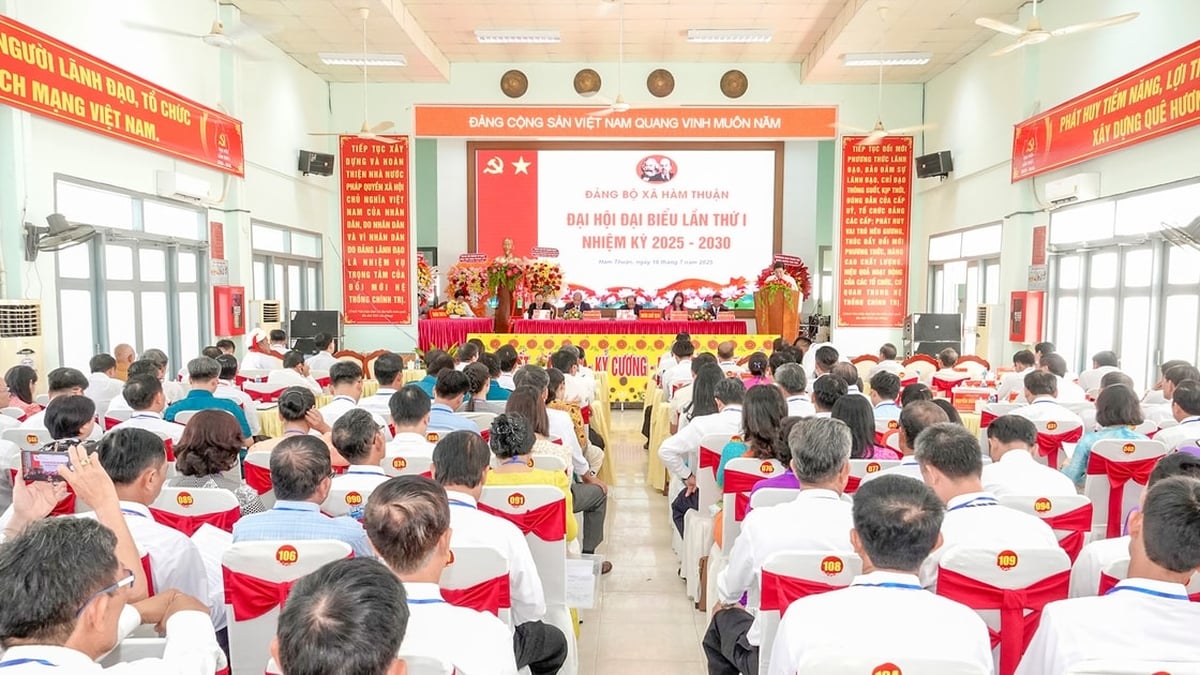
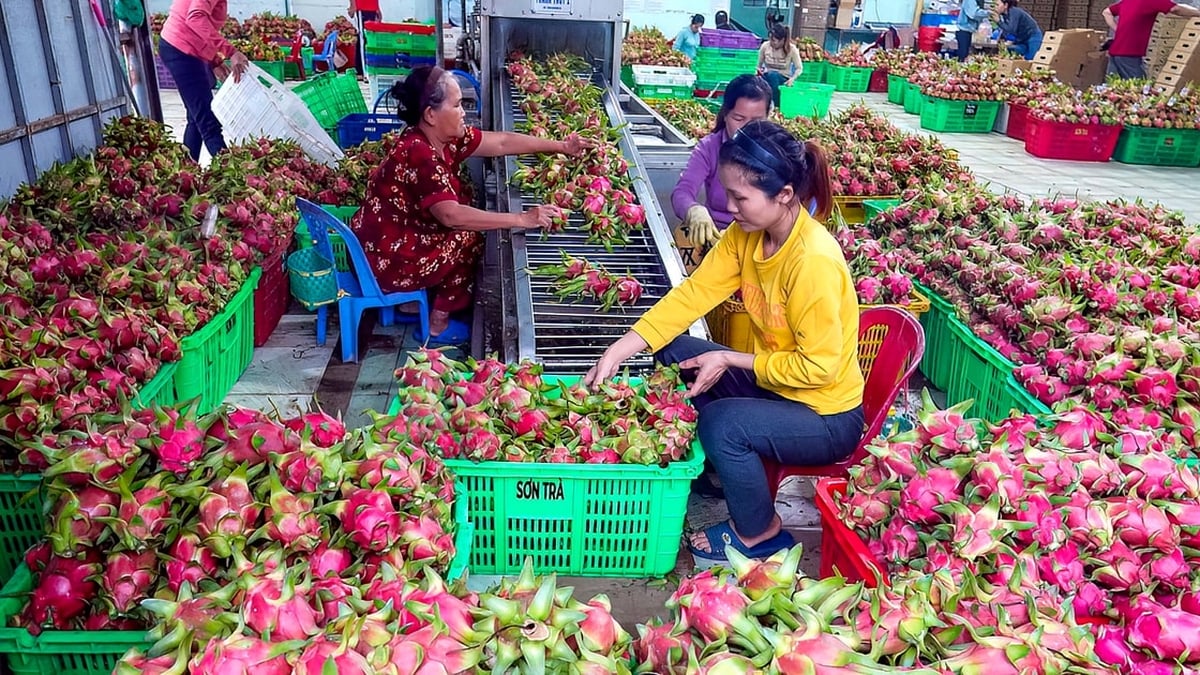


















































































![[Infographic] In 2025, 47 products will achieve national OCOP](https://vphoto.vietnam.vn/thumb/402x226/vietnam/resource/IMAGE/2025/7/16/5d672398b0744db3ab920e05db8e5b7d)





Comment (0)